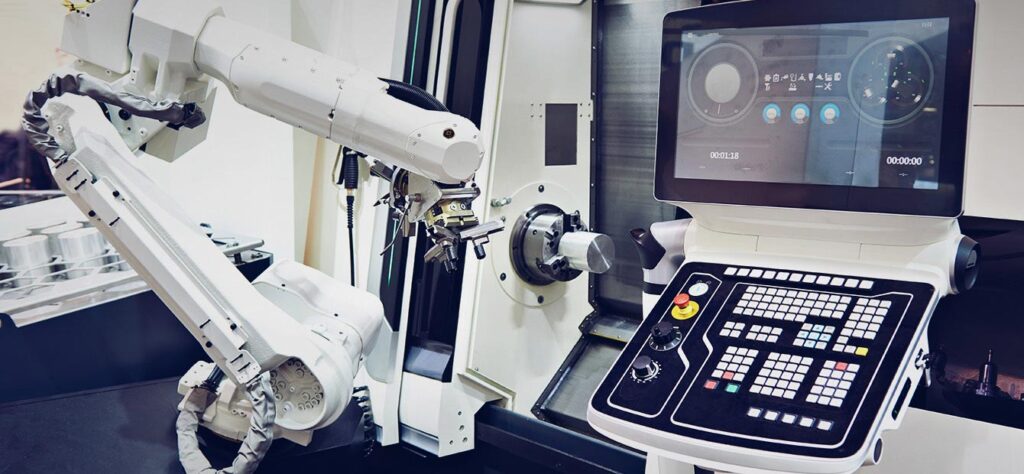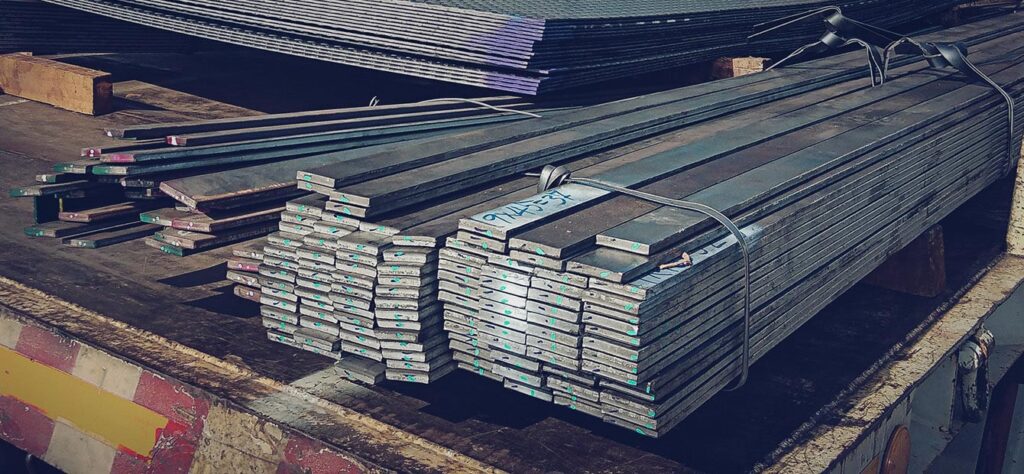Three Top Trends We Expect to See in the New Year
Business outlooks and planning take a long view for good reason, especially in industries like aerospace and defense that need to navigate regulatory changes, remain competitive, and foster innovation and growth.
2026 looks to bring new aerospace and defense manufacturing trends that will affect every facet of their business and require a nimble response. Advancing technology, shifting supply chain realities, and evolving aerospace and defense priorities in the coming year will force manufacturers to consider their parts and assemblies design, manufacture, and delivery processes.
For Tier 1 and Tier 2 aerospace and defense suppliers, these changes will be front and center given the specific processes behind precision-machined components and complex assemblies. Here are the top three aerospace and defense manufacturing trends we’re anticipating in 2026, and how manufacturers can prepare and adapt.

1. New Technologies Are Driving Innovation
- Materials and alloys are getting lighter and more durable: In 2026, we expect further adoption of high-temperature alloys, ceramic matrix composites (CMCs), and next-generation titanium alloys to meet the demands of fuel efficiency and higher performance in both commercial aerospace and defense systems.
- Additive manufacturing is going beyond prototyping: 2026 will bring greater use of 3D-printing for production parts. especially complex geometries that reduce weight and consolidate multiple components into single, highly engineered pieces. Suppliers like Primus are investing in hybrid approaches that combine additive processes with precision machining to meet performance and certification requirements.
- The digital thread is tying aerospace development together: By 2026, model-based definitions (MBD) and digital twins will play an even larger role in design, simulation, and testing, accelerating timelines and improving accuracy across aircraft and defense program lifecycles.

2. Manufacturing Methods Are Changing
- Automation is powering manufacturing environments. Robotic machining, automated inspection, and AI-driven scheduling tools are reducing lead times and enhancing repeatability. For suppliers, balancing this automation with skilled human expertise remains essential—particularly in high-precision machining for mission-critical components.
- Manufacturing is becoming more sustainable. Environmental impact is top of mind in 2026. Aerospace OEMs are under pressure to reduce emissions, and that extends through the supply chain. Suppliers are responding with energy-efficient machining, optimized material usage, and recycling programs that minimize waste without sacrificing quality.
- Cybersecurity risks are increasing. The connected and often legacy systems powering ensure manufacturing operations introduce new and potentially catastrophic risks into the environment. Cybersecurity is not an IT issue – it must be considered in every facet of business operations. In 2026, aerospace and defense manufacturers are expected to meet higher cybersecurity standards to protect intellectual property and comply with government regulations.

3. Industry Demands and Requirements Are Shifting
- Supply chains must be more resilient. Aerospace and defense OEMs are looking for suppliers who can diversify sourcing, manage inventory strategically, and ensure continuity even in the face of global disruptions. As a Tier 1 and Tier 2 supplier, Primus has built redundancy and flexibility into our processes to help customers mitigate risk.
- Top priorities are rapid deployment and high production. Defense priorities are shifting toward rapid capability deployment, while commercial aerospace is focused on recovering production rates. That means suppliers must deliver complex assemblies faster, with fewer delays. Investing in advanced machining, lean manufacturing, and program management tools will be essential in 2026.
- Compliance requirements will be harder to meet. As systems become more advanced, tolerances are getting tighter and compliance requirements more demanding. Meeting AS9100, ITAR, and other global standards is a given; exceeding them is what sets top suppliers apart.
While aerospace and defense programs are decadeslong, the design, manufacture, and delivery of parts and assemblies evolves more quickly.
As a Tier 1 and Tier 2 supplier and trusted partner, we both keep pace with these changes and act as an industry leader and example to follow. By adopting new technologies, innovating our manufacturing methods, and having a nimble supply chain, we’re prepared to support the aerospace and defense industry in meeting the challenges of 2026 and beyond.

